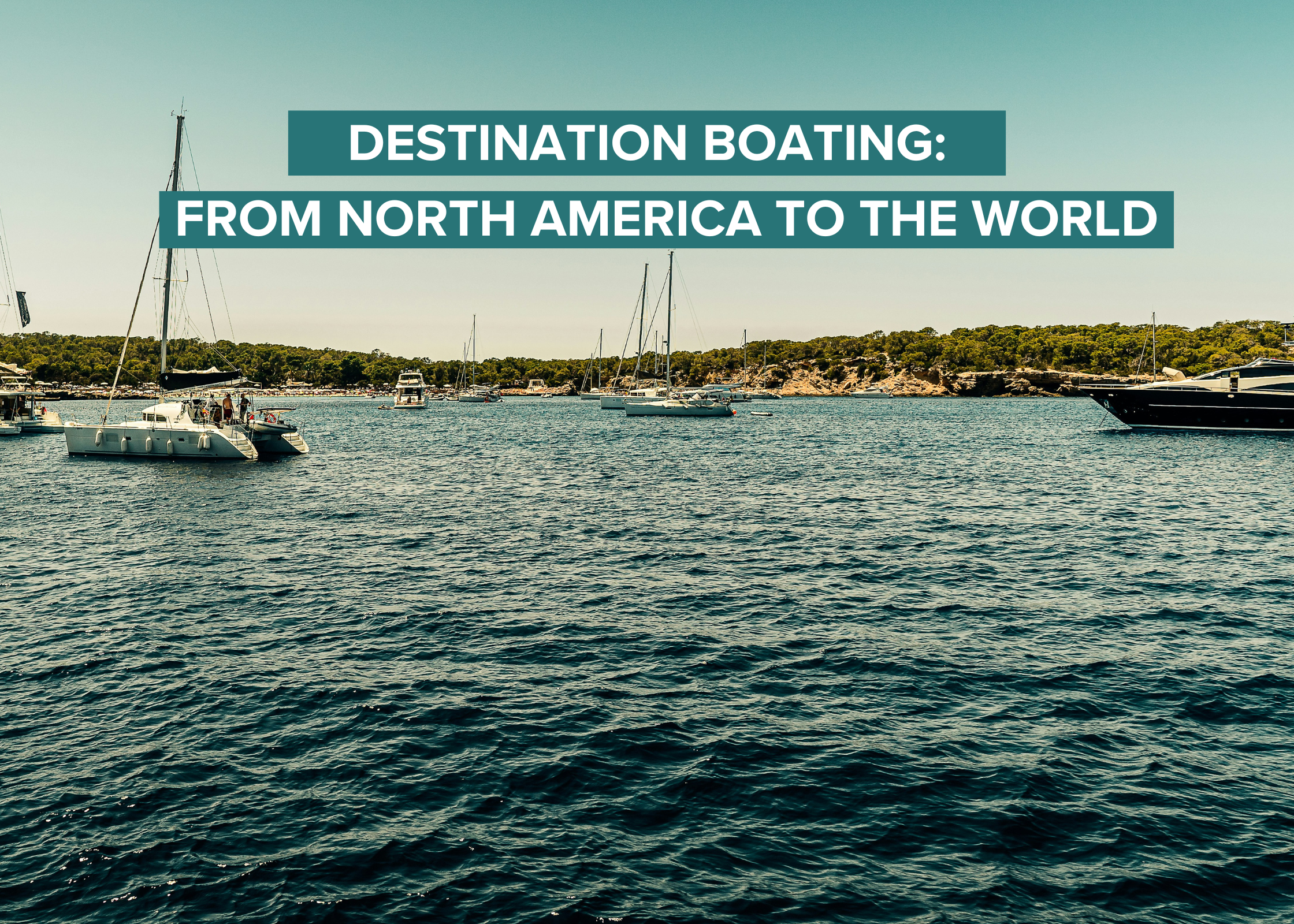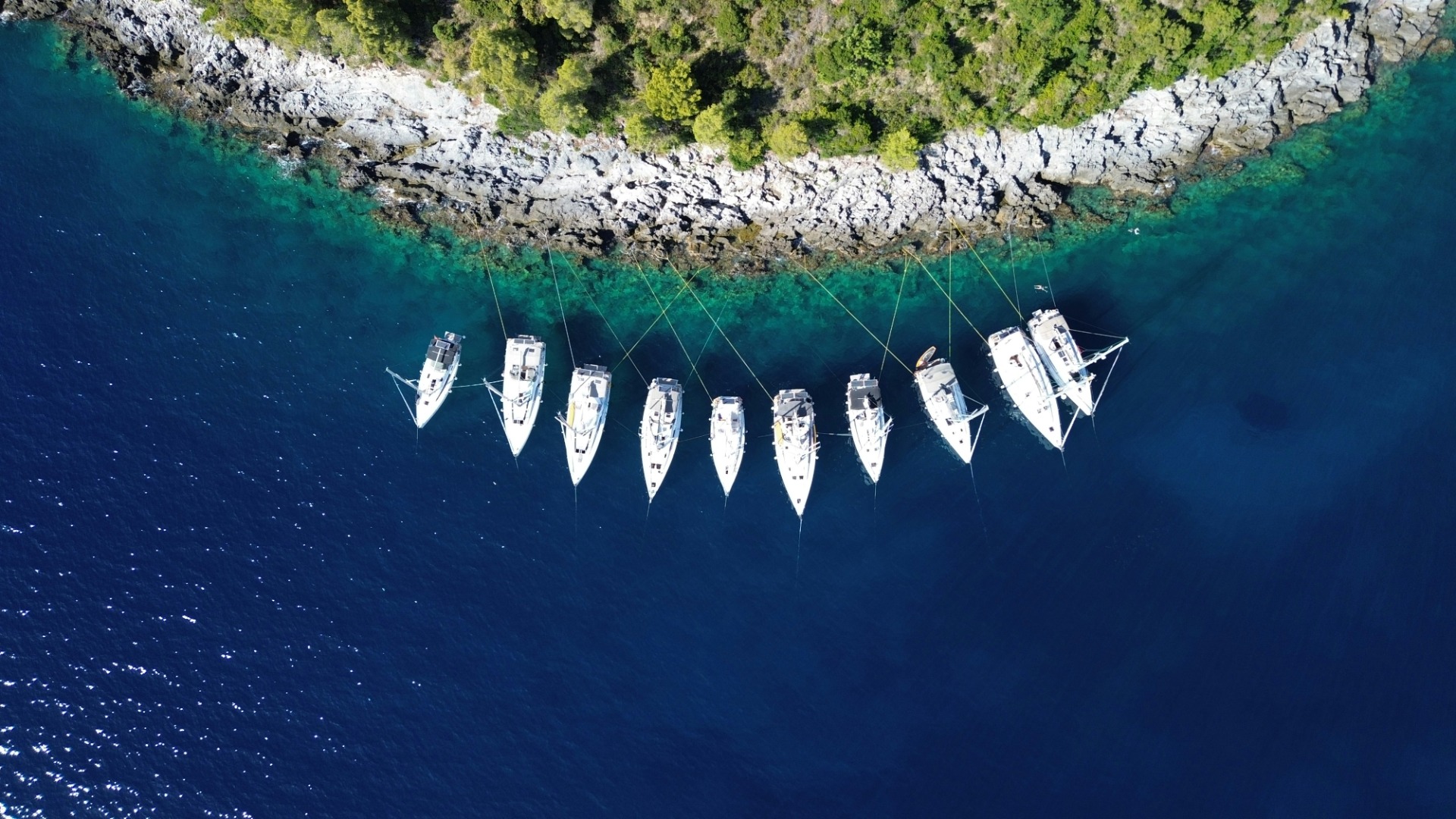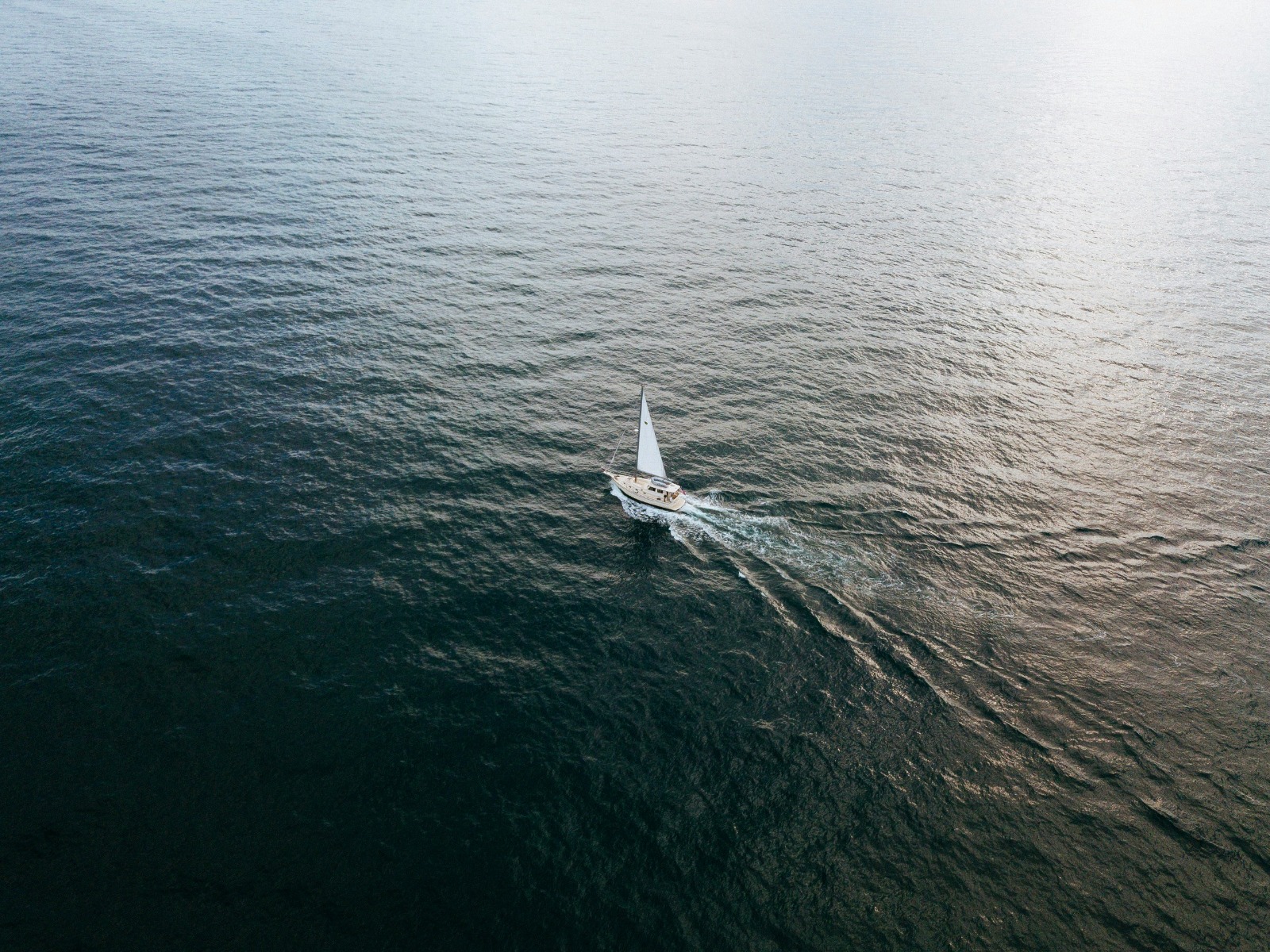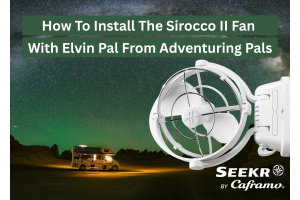Destination Boating: From North America to the World

Boating is a beloved pastime for many, especially in North America, where lakes and rivers provide countless opportunities for water enthusiasts. But what happens when you dream of boating beyond your local waters? For those looking for adventure, destination boating—sailing from North America to far-off destinations—opens a world of exploration.
What is Destination Boating?
Destination boating refers to long-distance voyages that take you beyond familiar waters. Instead of cruising on a lake or river, you might find yourself navigating the open ocean, crossing international waters, and docking at a new port daily. Destination boating offers a unique travel experience that allows you to see the world, make the most of each season and learn and experience various cultures.
However, destination boating has its challenges. It requires meticulous planning, specialized knowledge, and a commitment to safety.
Differences Between Destination Boating and Inland Boating
- Scale and Scope: When boating on lakes or rivers, trips are often shorter, and you remain relatively close to shore. Navigation is simpler, and conditions are more predictable. When boating longer distances, the scale of your journey expands dramatically. You might be sailing for days, weeks, or even months. Open ocean conditions can be unpredictable, requiring advanced navigation skills and knowledge of international maritime regulations.
- Navigation: Navigation is often more straightforward when boating on local waters, with clearly marked channels, buoys, and signs. Ocean navigation, however, involves more complex tools, like charts, sextants, and radar. You must also be familiar with celestial navigation and thoroughly understand currents, tides, and weather patterns. GPS can also provide more information, as it would on smaller lakes and rivers.
- Weather Considerations: While weather is always a factor, the impact is often less severe while boating close to home. You can usually seek shelter quickly if a storm arises and rely on local weather reports while planning for shorter trips. In destination boating, weather becomes a critical factor. You need to be able to predict and respond to changing conditions. This may involve understanding global weather systems, monitoring forecasts regularly, and preparing to adjust your course or delay your journey.
- Preparation and Supplies: Day trips and short excursions mean you can pack light. If something goes wrong, you're generally never too far from help. However, you'll need to be entirely self-sufficient when boating for long periods. This includes stocking your boat with ample food, water, fuel, and spare parts. You must be prepared for emergencies, as help may be days or weeks away.

Tips for Safe Destination Boating
- Invest in a Reliable Vessel:
- Your boat should be seaworthy and equipped for long-distance travel. This may mean upgrading or retrofitting your current vessel or purchasing a new one designed for ocean voyages.
- Get the Right Training:
- Enroll in advanced boating courses that cover navigation, weather forecasting, and emergency procedures. You should also have basic first aid training and know how to use all the safety equipment on board.
- Plan Your Route:
- Thoroughly research your intended route, including potential hazards, weather patterns, and refuelling stops. Have contingency plans for alternate routes in case of unexpected weather or mechanical issues.
- Check Your Equipment:
- Regularly inspect and maintain your boat's critical systems, including the engine, sails, electrical systems, and navigation equipment. Ensure all safety gear—life jackets, flares, fire extinguishers, and radios—is in good working order.
- Communicate Your Plans:
- Always inform someone on land about your itinerary and expected arrival times. Consider investing in a satellite phone or an EPIRB (Emergency Position Indicating Radio Beacon) for reliable communication in remote areas.
- Monitor the Weather:
- Weather can change rapidly on the open ocean. Regularly check forecasts and be prepared to alter your plans if necessary. Understanding the basics of meteorology can be a lifesaver.
- Practice Safety Drills:
- Regularly practice safety drills with everyone on board. Knowing what to do in an emergency can make all the difference.
- Respect Local Regulations:
- When arriving at foreign ports, respect local customs and regulations. Have all your paperwork in order, including passports, visas, and permits. Be aware of any restrictions on fishing, waste disposal, and anchoring.

Whether embarking on your adventure or planning your next exploration, SEEKR by Caframo is here to make your voyage comfortable without draining your much-needed battery power. Our line of 12V/24V fans has been designed to direct cooling airflow where you need it most, whether it be in the salon, a cabin, a galley, or another area.
The Ultimate is versatile and powerful. It can bring airflow to the smaller regions of your vessel and move the fan where it's needed.
The Bora is compact, stylish, and designed for tight spaces. With 3 speeds and an easy-to-use on/off switch, it is a perfect fan for marine use.
The Sirocco II is a favorite in the RV industry, but it's also designed for marine use! With omnidirectional, powerful 360-degree airflow, 12V/24V autosensing technology, four timer settings, and three-speed settings, the Sirocco II brings comfort when needed.
Destination boating offers an extraordinary opportunity to explore the world in a way few people ever experience. While it requires more preparation and commitment than inland boating, the rewards are immeasurable. By following these tips and embracing the challenges of long-distance sailing, you'll be well on your way to enjoying safe and successful voyages.
So, pack your sense of adventure, plot your course, and set sail for the journey of a lifetime!






